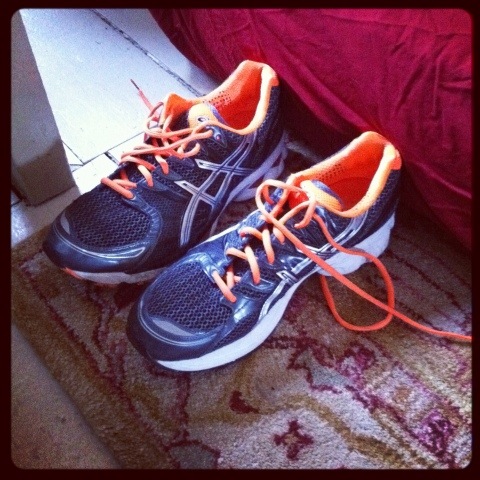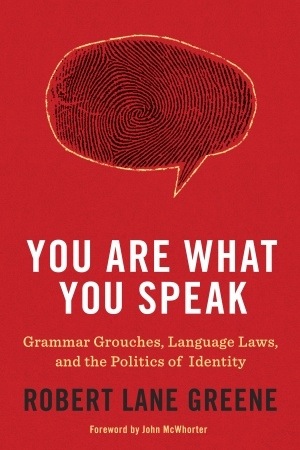Three different sources sent me news of Sebastian Thrun leaving Stanford in favor of literally bigger, if not better things. I dig Thrun’s move for the moment because it throws light on the idea of moving outside the currently restricted system of education delivery. It’s not new, what he’s doing, but it’s new to him, and likely most of the readers who are flabbergasted by the move.
Today was a moment where I experienced first-hand some of the conundrums possible if disruptions like Thrun’s take hold.
For the moment, I’m cross-registered at the Kennedy School of Government in a course called Solving Problems Using Digital Technology. While the title may not be incredibly sexy, the course is. Forged in a partnership with Boston Mayor Tom Menino’s New Urban Mechanics office and the Dudley Street Neighborhood Initiative (DSNI), the class is pretty much everything I could hope for in a learning environment. Studying tech tools and open government practices, students are charged with partnering with the DSNI to help shape the neighborhood’s plan for continued urban renewal.
The learning and work of the class will have a direct impact on improving the lives of those we study and make the learning immediately practical in our lives.
Today was the course’s first meeting.
The room was packed.
The course is capped at 32.
I am a cross-registrant.
When such popularity happens in a Kennedy School course, registration moves to some strange bidding process akin to an academic auction I am not completely clear about.
Cross-registrants need not concern themselves, the process pretty much precludes them from obtaining spots in the class.
My hope at this point is teeny.
The course will be made public in many ways. Sessions will be aired via a Google+ Hangout and their recordings posted on youtube for viewing. The course has a twitter handle and its site lives on Google (outside of the Kennedy School’s walled system).
Each of these is a reason I want to take the course and ostensibly a reason it shouldn’t matter that, like Thurn’s students I’m not actually present or enrolled for credit in the course.
Except, I’m looking to complete my program of study this academic year, and no matter the proof, attempting to show informal participation in a course in order to obtain credit means that learning won’t move me closer to that goal.
Without the credit, I miss the diploma. Without the diploma, I lose the blip on the CV still valued by the majority of the world.
Learning matters.
Credits and accreditation matter.
While both are important, the combination of both is more powerful than either could hope to be on its own.
I’m not sure what I’ll do if I don’t make it into the class. If I say I’ll follow along as an outsider, I imagine it’s only a matter of time before the work of my for-credit courses creep in. I wonder what the rate of creepage is for registrants in Thurn’s courses when whatever qualifies as their “for-credit” commitments begin to creep in.

